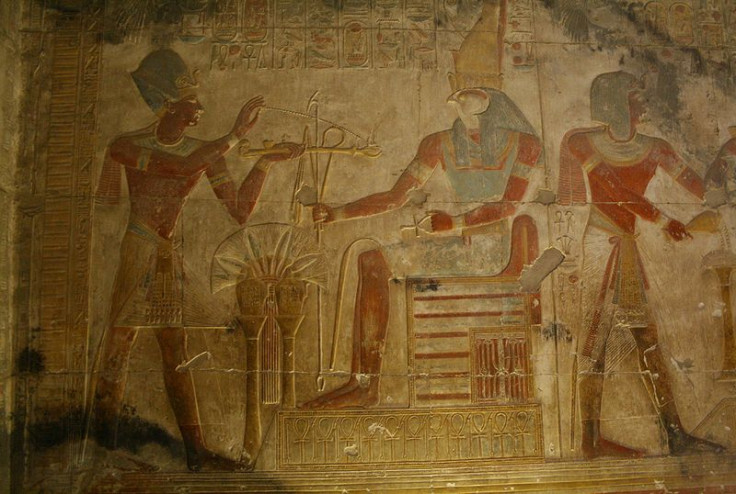Archaeologists Uncover Tomb of Ancient Egyptian Writer

Egypt's minister of antiquities Mohammed Ibrahim has announced the discovery by Egyptian and Spanish archaeologists of two tombs dating to roughly 600BC in the south of the country. One of the tombs contained the mummy of a writer along with reed pens and even a bronze inkwell. The mummy itself was said to be well preserved.
Ibrahim said the writer belonged to a priest class and as such would have had a "great impact on the intellectual and cultural life of the era".

600BC was the approximate date of Ancient Egypt's last Pharaonic dynasties – possibly from the Twenty-sixth Dynasty, possibly from the reign of Necho II. The Greek writer Heroditus claimed that Egyptian sailors from this time circumnavigated the whole of Africa, though the claim has been disputed.
When most people think of writing from Ancient Egypt they tend to think of hieroglyphics, but that dates from 5,000 years ago and took a long time to create. Several other types of script were employed and scribes like the one discovered recorded the beliefs, ideas and history of the age using reed pens on papyrus scrolls.
Archaeologists are yet to reveal what the as-yet unnamed writer was working on 2,600 years ago. It could have been a sequel to the Book of the Dead, or a shopping list – or perhaps he had writer's block.
© Copyright IBTimes 2024. All rights reserved.






